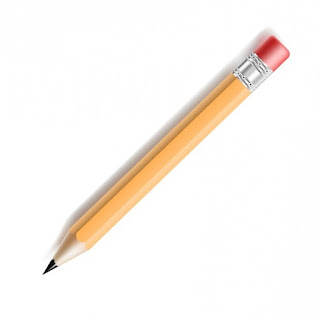GREENWASH ALERT
The 100% recycled material used by the British water brand generates 75% less carbon emissions than aluminium and is easily recycled unlike a carton.
Pioneering social enterprise and ethical water company, Belu, has announced that it will become the first water company in the UK to make 100% of its plastic bottles from 100% recycled plastic bottles.
CEO Karen Lynch comments: ‘We have come to the conclusion that where the single use can’t be removed, the answer to our anti-plastics challenge, is in fact, plastic. Our message is to first use less, but when you buy bottles, buy better.
‘Using 100% recycled plastic is the lowest carbon footprint option that can be part of a circular economy.
‘Belu is a social enterprise that gives 100% of profits to charity WaterAid, and our driver is to do the right thing.
‘If you must use a single-use bottle, the kindest thing you can do for the planet is to choose a bottle made from 100% recycled plastic, and not a can or carton.
‘Making bottles from 100% recycled plastic reduces carbon emissions and other pollutants; nothing new needs to be made as it uses a resource that is already here. It will also create demand and value for recycled plastic bottles which will ultimately fuel investment for better local recycling infrastructure.
‘By moving to manufacturing 100% recycled PET plastic, Belu estimates that it will generate about 60% less carbon emissions than a comparable virgin bottle and about half that of a typical aluminium can (which contains 70-73% recycle content). While cartons are closer in emissions, other environmental impacts become more significant. A standard 500ml carton still contains 35% plastic and 5% aluminium foil. Special processes are often needed to recycle them, and collection avenues are limited across the country meaning only 37% of UK cartons are recycled.
‘When we looked at cartons we found that complexities of materials mean that these products cannot be part of the circular economy we so firmly believe in.’
‘While some of the big water companies have trialed individual products made from 100% recycled plastic, there has been no commitment to making this part of their wider business, instead these lines have been given limited distribution.
‘From November 2019, Belu has committed to make 100% of our plastic bottles from 100% recycled plastic bottles. We are the first in the market to completely switch over. All our bottles will now be made from bottles, and they remain 100% recyclable too - so please do recycle.
‘Whilst we are one of the smaller brands in the market to make this commitment, we know it is the right thing to do, and if we do this successfully, other brands will follow, as they did when we were the first market with 50% recycled PET from 2012.
‘We are proud to introduce 100% recycled plastic Belu bottles with our long-standing partners including Pizza Hut, Shake Shack, and Pure.
‘We’ve taken the opportunity to update our labels to ensure that people are completely clear that Belu bottles are 100% recycled, 100% recyclable, 100% of our profits go to WaterAid.’
Belu is a social enterprise that provides hotels, restaurants and catering providers with natural British mineral water, filtration systems and refillable bottles with the lowest carbon footprint possible. As the UK’s most ethical water company, their goal is a world in which everyone, everywhere, has clean water to drink. They give 100% of profits to the charity WaterAid to help transform lives worldwide with clean water.
The Belu Filter Initiative has played a key role in the growth of the ethical water company, who gave a record £1million in profits to WaterAid in 2018. It brings their total given to £4million so far, helping to reach more than 270,000 people with clean water, decent toilets and good hygiene.
Belu is carbon neutral, making a forward commitment to reduce carbon footprint each year.
Their Ethical Glass bottles are made from recycled content and are 100% recyclable. They remain the first and only water brand to have achieved the independent British Standard Institute’s carbon neutrality standard, PAS 2060. For more information, visit belu.org or follow @BeluWater on Twitter.
WaterAid is working to make clean water, decent toilets and good hygiene normal for everyone, everywhere within a generation. The international not-for-profit organisation works in 28 countries to change the lives of the poorest and most marginalised people. Since 1981, WaterAid has reached 26.4 million people with clean water and 26.3 million people with decent toilets. For more information, visit www.wateraid.org, follow @WaterAidUK or @WaterAidPress on Twitter, or find WaterAid UK on Facebook at www.facebook.com/wateraid.
If this is the case then they know more than all the experts on polymers and plastics because using 100% recycled is NOT possible in the same way that there is no recyclable “paper” coffee cup. I just call 100% GREENWASH onto this.
Not so long ago I saw the 100% recycled coke bottles but reading the smaller print it stated “made with 30% recycled materials” and that also did not say whether post-consumer or pre-consumer.
2019 © Michael Smith












































